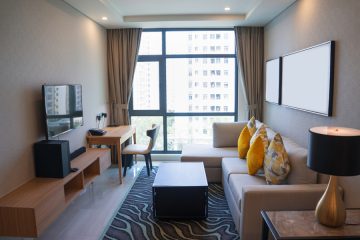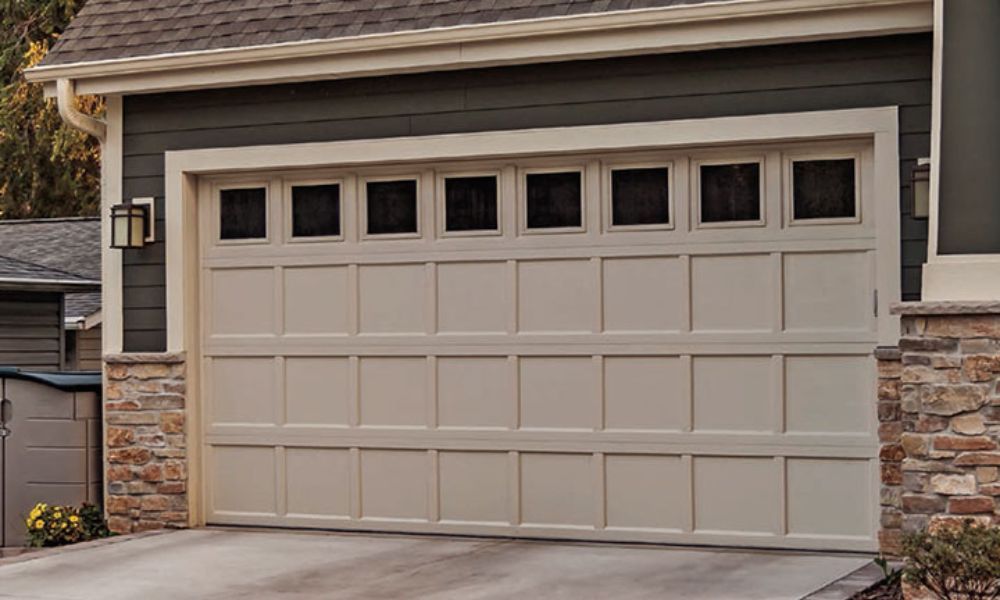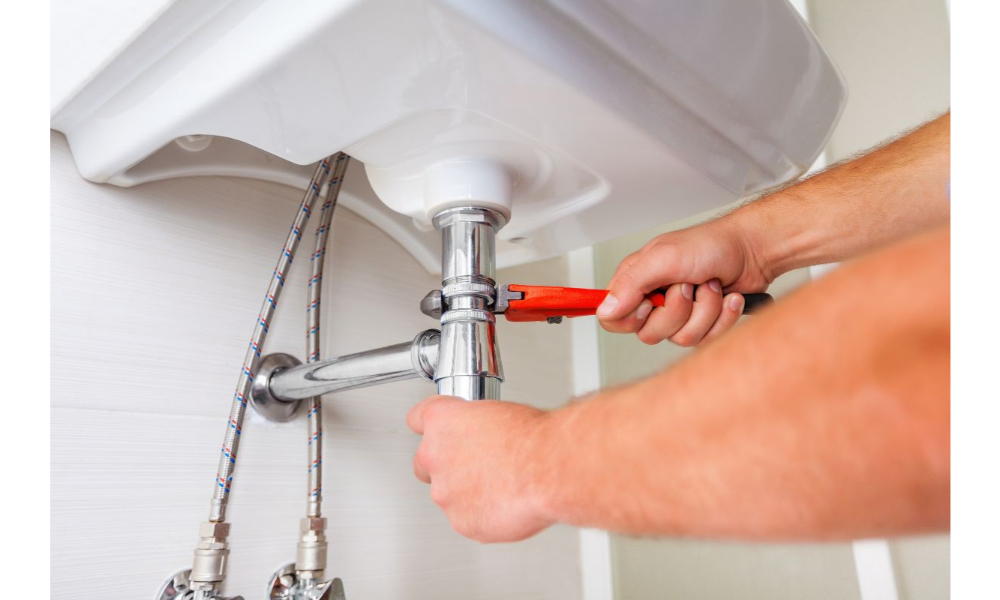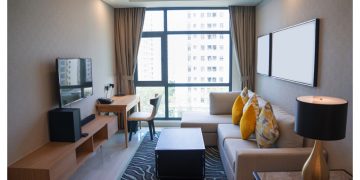How Do Professionals Prepare Homes for Property Photography?
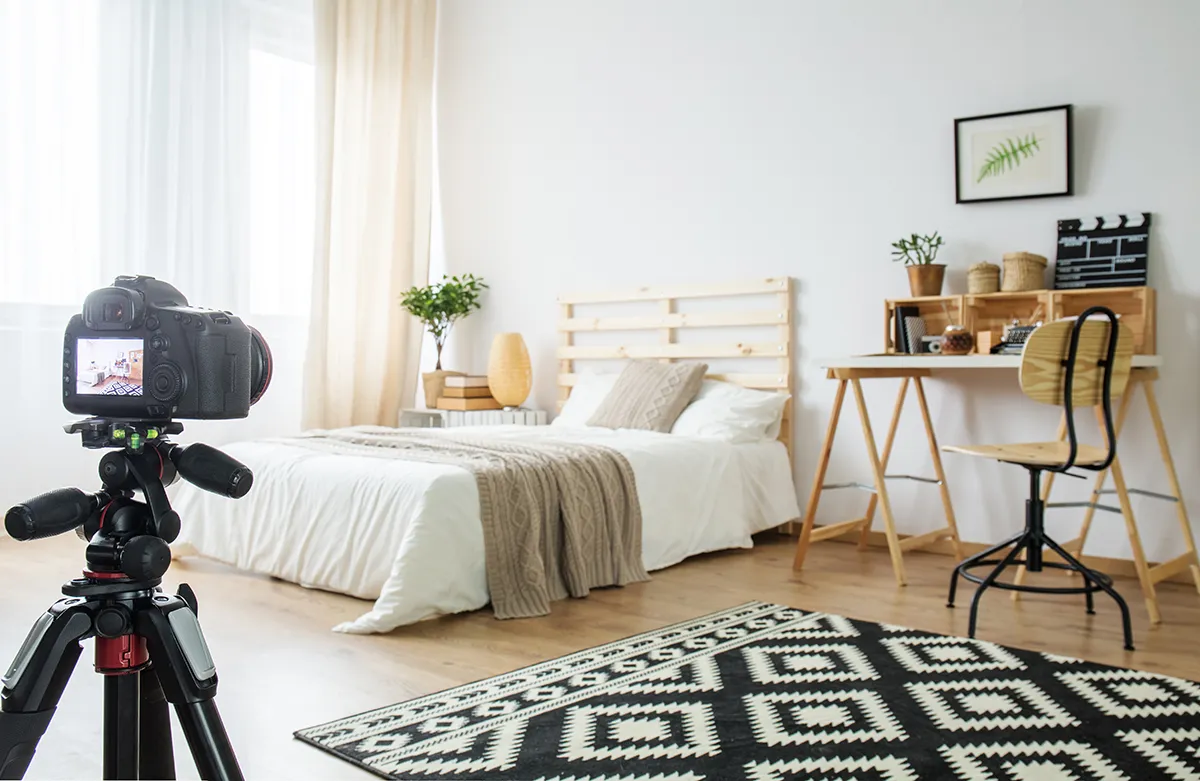
Introduction: The Art of Capturing First Impressions
In real estate, first impressions are everything. A single image can determine whether a potential buyer clicks on your listing or scrolls past it. That’s why professional property photography plays such a vital role in modern real estate marketing.
However, capturing stunning property photos involves more than just pointing a camera and snapping a few shots. Before the lens even comes out, professionals follow a detailed process to ensure every home looks its absolute best. From lighting adjustments to home staging, every detail matters. Here’s how experts prepare homes to create those picture-perfect real estate images that sell faster and for higher prices.
1. Decluttering and Cleaning: The Foundation of a Great Photo
The first step in preparing a home for photography is decluttering and deep cleaning.
Professional photographers and agents know that less is more when it comes to showcasing space. Removing unnecessary items helps rooms appear larger, brighter, and more inviting. This includes clearing countertops, hiding cables, minimizing decor, and removing personal items such as family photos or toiletries.
A spotless, clutter-free home allows potential buyers to imagine themselves living in the space, which is key to creating emotional engagement through visuals.
2. Staging for Visual Appeal
Once the home is clean and decluttered, staging begins. Staging involves strategically arranging furniture, decor, and accessories to highlight the property’s best features.
Professionals focus on creating balance, depth, and flow in each room. They might reposition furniture to open up space, add accent lighting for warmth, or introduce neutral tones that appeal to a wide audience. The goal is to make every photo feel like it’s from a design magazine — elegant, natural, and inviting.
Even small touches, like adding fresh flowers, fluffed pillows, or a bowl of fruit in the kitchen, can make a big visual difference.
3. Maximizing Natural and Artificial Lighting
Lighting is one of the most critical elements in property photography. Professionals aim to maximize natural light while balancing it with the right amount of artificial illumination.
They’ll often schedule photo sessions during the day when sunlight enhances interiors. Blinds are opened, curtains drawn, and lamps strategically turned on to eliminate shadows. For darker spaces, photographers use professional lighting equipment to maintain consistent color tones and brightness.
The result is an image that feels bright, open, and full of life — a look that instantly attracts potential buyers online.
4. Addressing Small Repairs and Touch-Ups
Before photography begins, professionals recommend taking care of minor repairs and cosmetic updates.
This may include tightening loose fixtures, painting scuffed walls, replacing dim bulbs, or straightening wall art. Even details like adjusting blinds evenly or ensuring rugs are aligned can enhance the composition of a photo.
These seemingly small improvements help the photographer capture a polished and well-maintained appearance, which reflects positively on both the homeowner and the listing agent.
5. Highlighting Key Selling Points
Professional photographers and agents collaborate to identify the most marketable features of the home — whether it’s a spacious living area, modern kitchen, luxurious bathroom, or breathtaking backyard view.
They plan each shot to emphasize these selling points through composition, angles, and lighting. Wide-angle lenses are often used to showcase full rooms, while detail shots highlight craftsmanship or premium finishes.
This strategic approach ensures that every image communicates value and lifestyle, not just space.
6. Exterior Preparation: Curb Appeal Counts
The home’s exterior is just as important as the interior. Before photography begins, professionals ensure that landscaping, driveways, and entryways are in top condition.
This includes mowing the lawn, trimming hedges, sweeping walkways, and removing any clutter like garden tools or trash bins. For an added touch, some photographers time the shoot during the golden hour — when natural light gives exteriors a warm, inviting glow.
7. Professional Equipment and Post-Production Magic
The difference between amateur and professional photography often lies in the equipment and editing. Professionals use high-resolution cameras, wide-angle lenses, and stabilization tools to capture crisp, distortion-free images.
Once the shoot is complete, the images undergo post-production editing to correct lighting, enhance colors, and remove imperfections — without altering the property’s authenticity.
This attention to detail ensures that each image looks professional, realistic, and ready for publication across all marketing platforms.
8. Partnering with the Experts
The most successful real estate agents rely on experienced professionals who understand both photography and marketing psychology. Companies like MediaSolution property photography specialize in capturing homes at their very best — using advanced techniques, creative direction, and post-editing expertise to ensure every property stands out. Their attention to lighting, space, and composition transforms ordinary listings into extraordinary visual experiences.
Conclusion: Preparation Creates Perfection
Exceptional property photography doesn’t happen by accident — it’s the result of careful planning, staging, and professional execution. From cleaning and decluttering to lighting and editing, every step contributes to showcasing a home’s true potential.

